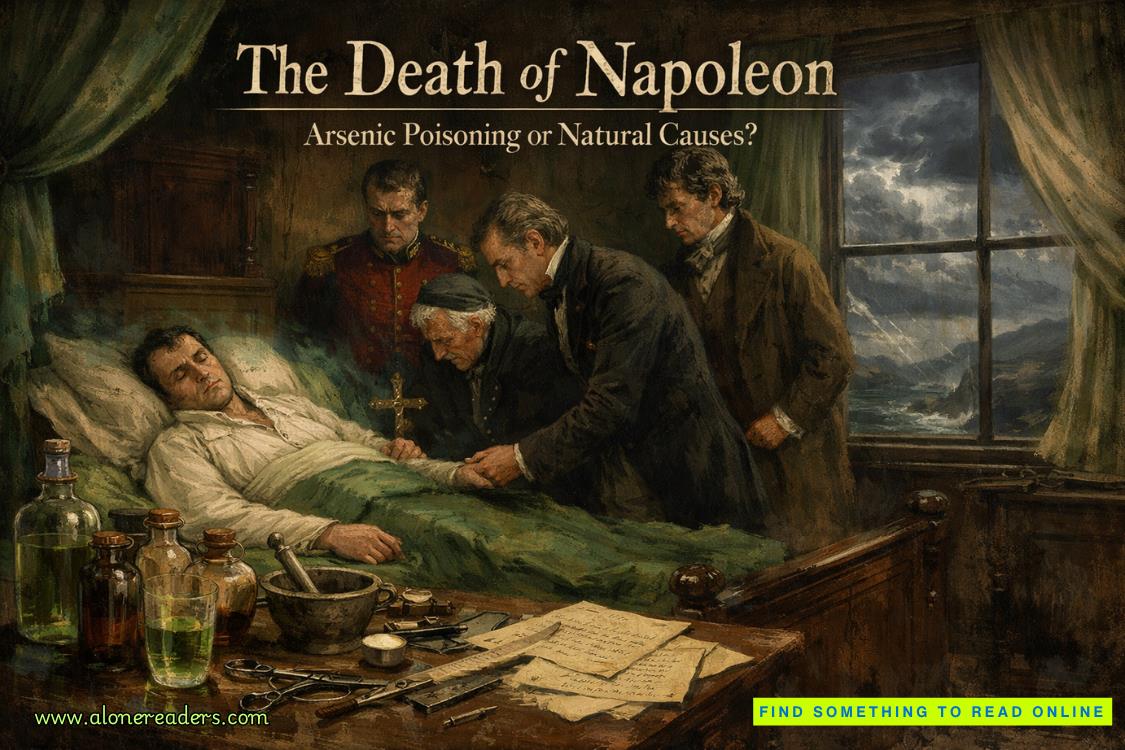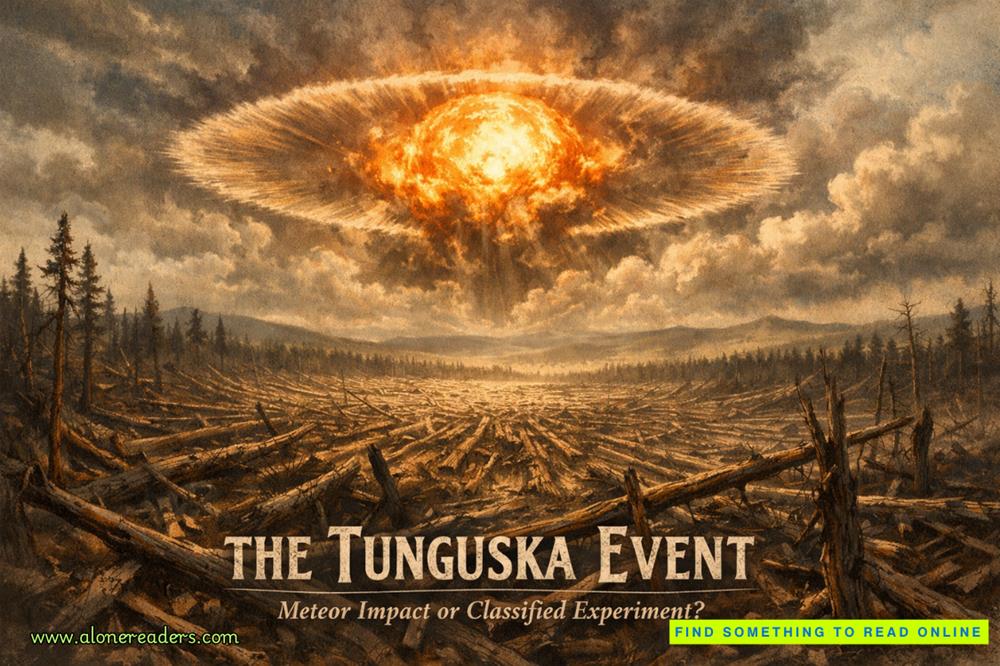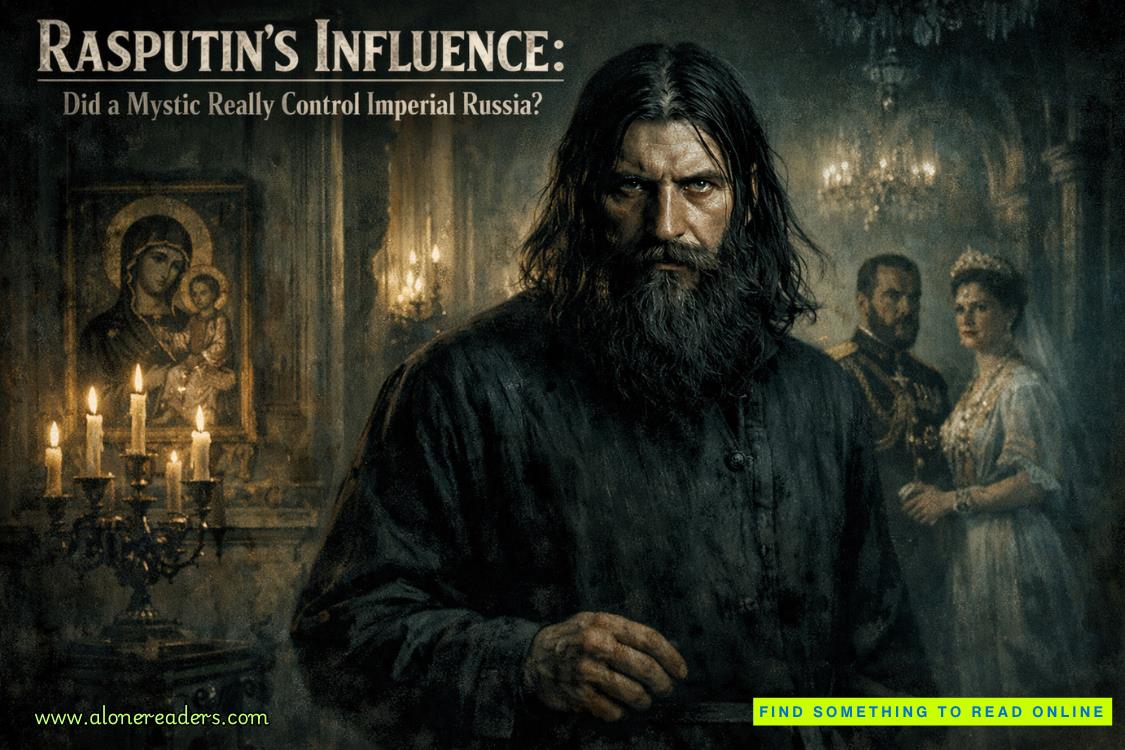“Yes,” said Finn. “Incredibly gifted. She was at the precipiceof an important discovery when she left. It’s a shame she didn’t get to share her research with us.”
“How can you be sure she won’t be back?”
Again, there was a silence filled with uncomfortable eye contact.
“She’s not coming back,” Lexi said finally. “She did leave some of her things, but we stored them. They won’t be in your way in the cabana.”
“Aren’t you… aren’t you worried something might have happened to her?” I knew Dorian was, but the rest of them didn’t seem especially bothered.
Finn let out a peal of melodious laughter. “Worried? About Isabelle?”
“What he means is Isabelle could take care of herself,” Lexi said quickly.
We ate heartily after that, and as we began to fall into a natural rhythm, I started to feel comfortable with them, laughing easily at their jokes, enjoying the beauty of the natural world and the healing balm of good company.
“So, Robin,” said Finn during a lull in the conversation, “tell us about your research!” Crouching in a floppy sun hat, swinging the bottle of wine he held between his knees, he had the curious talent of making you feel as if you were at the center of some important arts movement. The group grew quiet, the sudden cessation of their raucous laughter leaving only the sounds of birdcalls whipping through the trees.
I did a fast mental calculation and quickly saw the path forward. I would tell them about my research, then later that day, I would pretend to look Casimir up and find the post about the statue. Then I could ask to see it, and having laid the groundwork, they would probably be pretty willing to help.
“Are you familiar with the work of Margaret Murray?”
“The anthropologist?” asked Aspen.
“Yes. So if you know her work, you know that it’s been dismissed many times over.”
“Who is this?” Lexi asked absently. “I’ve never heard of her.”
“She was an early twentieth-century anthropologist who studied the history of witchcraft,” Aspen explained. “Didn’t she argue that witches were real?”
“Not quite. She proposed a theory that witchcraft as we know it is actually the vestiges of an ancient organized religion that was driven underground by the church, but which has never fully died out.”
“I thought she argued that the Inquisition was actually hunting real witches,” said Aspen, her brow furrowed. “Which is obviously ludicrous.”
“Not real witches—real covens that grew out of Dianic cults. She argued that instead of just randomly killing old women, the church was making a concerted effort to find these covens and execute their members in an effort to drive a competing religion out of existence. I mean, of course there were also people who were persecuted as witches for all the classic reasons—misogyny, ageism, fear of losing power, and so forth. Of course there was widespread belief in folk magic, a largely innocuous belief in things like goblins and sprites, and a whole sort of morally ambiguous realm that existed side by side with our own. ‘Appease the house brownie and have good luck,’ etc. But that folk magic wasn’t what Murray was interested in. She was convinced that alongside that, there also existed an actual, organized religion that the church claimed to be witchcraft.”
“Skip to the good part,” Aspen said. “You found something that you think backs up her claim, didn’t you?”
For a split second, I thought she might know the real reason I was here, but then the fleeting suspicion vanished.
“I did,” I said, swirling the wine in my glass.
“You have to tell us now. You know that, right?” She was sitting up on her knees, her eyes lit up with a childlike excitement. “We won’t breathe a word, and it’s not like any of us are in competing fields.”
I took another swig and nodded. “Okay, do any of you know who Gilles de Rais was?” When I was met with blank stares, I continued on. “He’s most famously known as a notoriously evil serial killer, but there is a theory that these crimes might have been falsely attributed to him in an effort to smear his name.”
“Oh, right,” said Dorian. “Wasn’t he that man who claimed to be a werewolf but was actually a cannibal?”
“Couldn’t he be both?” asked Finn with a grin. “Whitman said we all contain multitudes.”
“Shush, you,” said Aspen, with a drunken swipe of a finger, as if she were administering a spell. “Let Robin finish.”
“You’re thinking of Gilles Garnier. Different Gilles, and that one probably wasn’t framed. He was just a psychopath. But our Gilles—Gilles de Rais—he wasn’t your typical serial killer. See, his other main claim to fame is that he was basically Joan of Arc’s right-hand man.”
“Joan of Arc?” Lexi said, arching her brow. “I didn’t see that coming. Oh, but Joan of Arc was burned as a witch, right?”
“I’m intrigued,” said Dorian.
“Actually, she was burned for heresy,” I said, “but this is where Margaret Murray’s theories come into play. You see, Joan of Arc chose Gilles de Rais as her escort during the Hundred Years’ War. He was marshal of France then, and by all accountsfiercely devoted to her. And yet when it came down to the wire, he let her burn. Why?”















